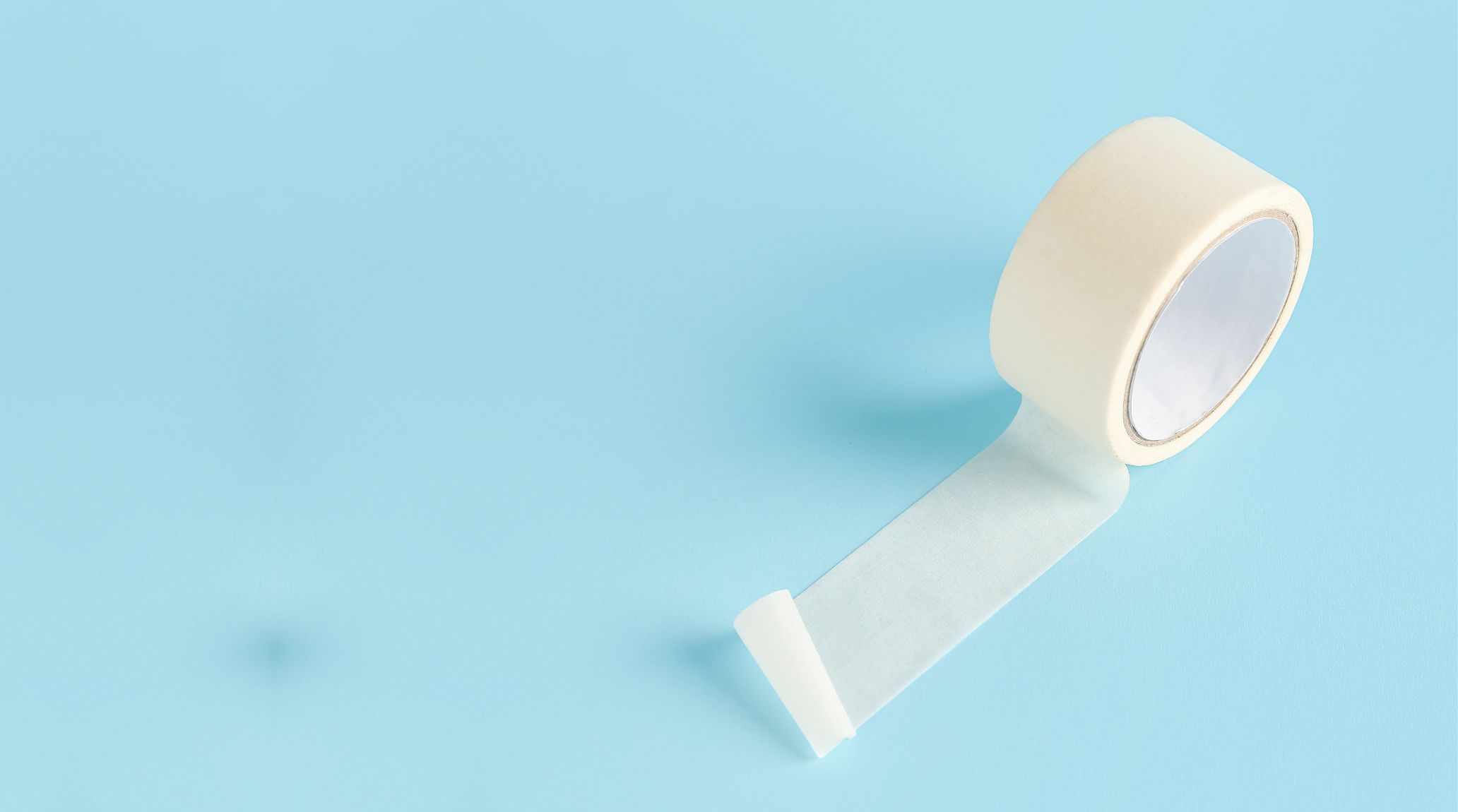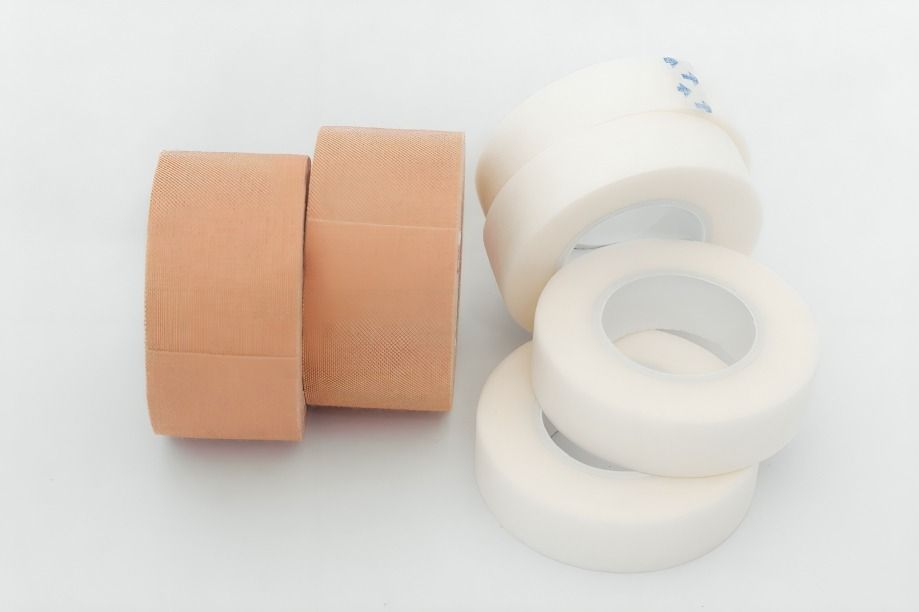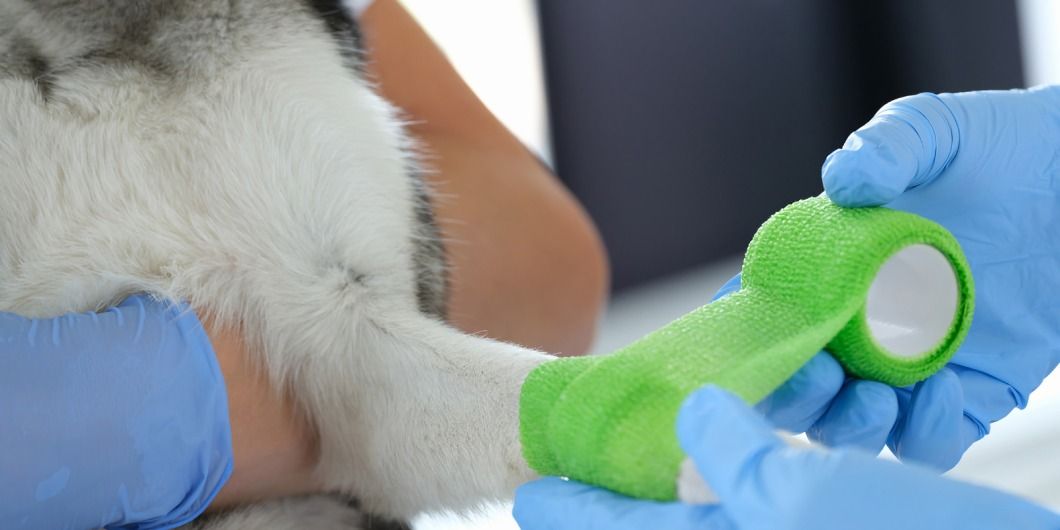
“
Medical adhesive tape is a silent hero in every first aid kit, often overlooked but indispensable for effective wound care and support. Whether in hospitals, clinics, or homes, this versatile tool is crucial in securing bandages, dressings, and medical devices. Join us as we delve into 20 fascinating facts about medical adhesive tape, uncovering its diverse uses, benefits, and essential role in healthcare and emergency preparedness. Whether for minor cuts or major surgeries, medical adhesive tape remains a vital component in medical care, offering reliability and convenience in managing injuries.1
1
”
Some adhesive tapes feature a gentle adhesive that adheres securely to the skin without causing discomfort, ideal for delicate skin or repeated applications in medical settings.1
The adhesive used in medical tapes is designed to be hypoallergenic, minimizing the risk of skin reactions and making it suitable for a wide range of users, including those with sensitive skin or allergies. 2

Medical tapes come in various materials such as paper, cloth, or plastic, each tailored to specific needs like flexibility, breathability, or water resistance, ensuring optimal performance in different healthcare scenarios.
Transparent adhesive tapes are particularly useful as they allow caregivers to monitor wounds without removing the dressing, reducing disturbance to the injured area and promoting healing. 3
Advanced bandages with sensors and connectivity monitor wound healing, detect infections, and deliver medication. This technology provides real-time updates and targeted treatment, enhancing wound care and improving patient outcomes. 4
Adhesive tapes with antibacterial properties are used in wound care to help prevent infections and maintain a sterile environment around the injury, enhancing recovery outcomes.5
Surgical tapes are designed to be strong and durable, ensuring they hold dressings and bandages securely in place during post-operative care, which is crucial for patient comfort and recovery. 6
Athletic tapes support joints and muscles during physical activities, offering stability and reducing the risk of injuries, and are commonly used in sports medicine. 7
Adhesive tapes with a serrated edge allow for easy tearing by hand, facilitating quick application in emergencies or when precise sizing is needed, ensuring rapid response. 8
Some medical tapes are designed to conform to body contours, ensuring a comfortable fit around joints or irregular surfaces without compromising effectiveness, enhancing patient comfort.9
Though rare, some individuals may develop allergies to tape adhesives, leading to skin irritation or dermatitis. Using hypoallergenic tape options can help prevent these reactions in those with sensitive skin or adhesive sensitivities. 10
Microporous adhesive tapes are widely used in hospitals and clinics for their breathable properties, allowing air circulation while keeping wounds protected and promoting optimal healing conditions. 11
Adhesive tapes should be stored in a cool, dry place to maintain their adhesive qualities and ensure they remain effective when needed, extending their shelf life and usability. 12

Adhesive tapes are available in different widths and colours, often colour-coded to indicate their specific use or width for quick identification in medical settings, improving efficiency in healthcare facilities.
Double-sided adhesive tapes are used in medical applications to secure dressings or medical devices in hard-to-reach areas or on sensitive skin, providing secure fixation options. 13
Certain tapes are specially engineered to resist water exposure, making them perfect for use in aquatic environments or during bathing. Their waterproof properties ensure they remain effective and adhere well. 14
Adhesive tapes are vital in disaster relief efforts, providing immediate wound care solutions in emergencies where medical supplies may be scarce and supporting rapid response efforts. 15
Medical tapes are regulated by health authorities to meet strict safety and quality standards, ensuring they provide reliable performance in healthcare settings and maintaining patient safety. 16

They offer benefits similar to those in human healthcare, aiding in the management and healing of wound, Adhesive tapes are used in veterinary medicine to provide effective wound care solutions for animals.
Adhesive tapes are a versatile tool in first aid kits, indispensable for securing dressings, immobilizing injuries, and providing essential wound care in various medical emergencies, ensuring preparedness and effective treatment. 17


